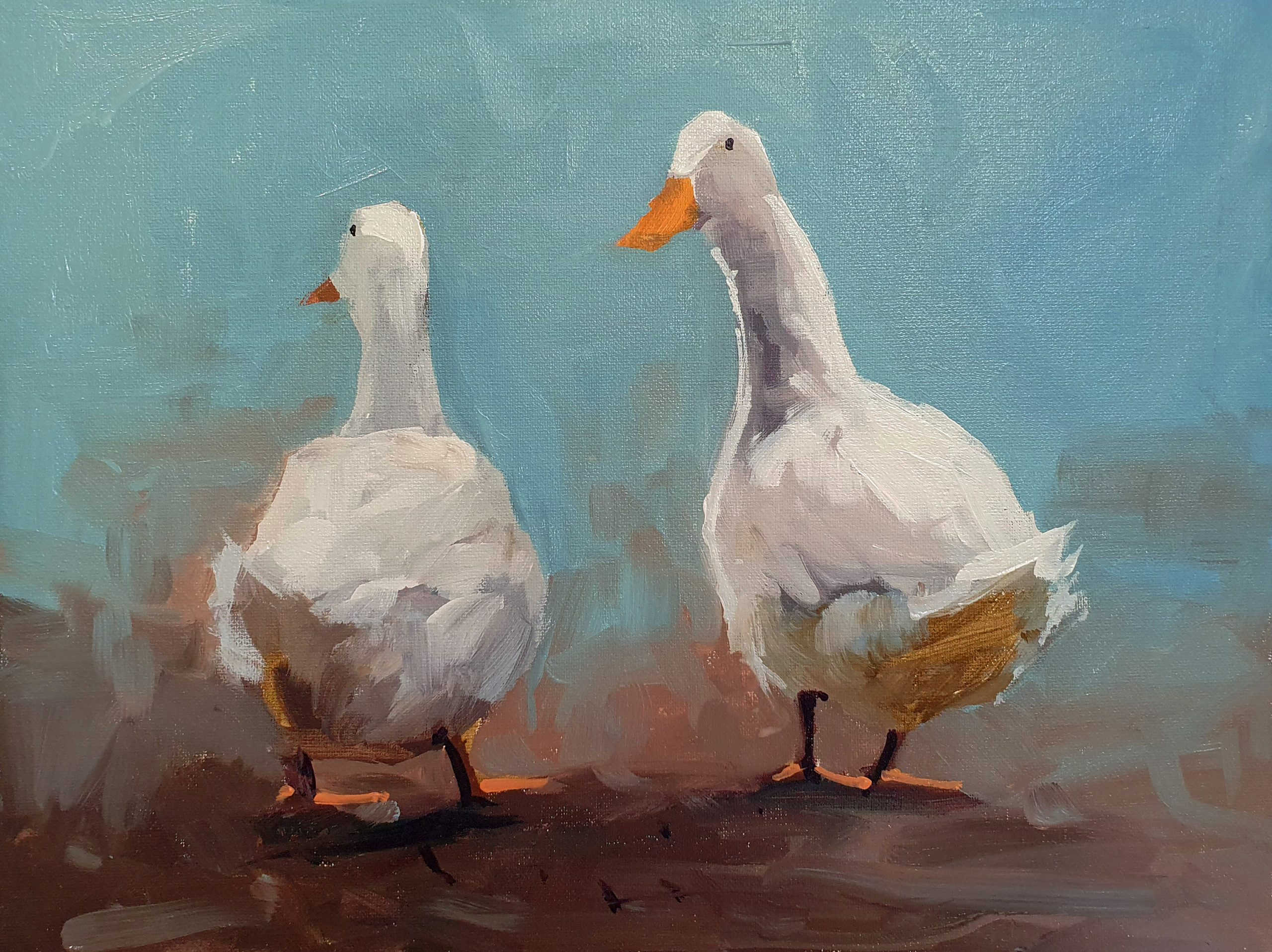
Introduction
Duck painting is a popular art form that involves creating beautiful paintings of ducks. It is a unique way to express creativity and bring life to these graceful birds through vibrant colors and intricate details. Whether you are an experienced artist or a beginner, duck painting can be a fulfilling and enjoyable activity for all ages.
History of Duck Painting
The art of duck painting dates back centuries and has its roots in both decorative and fine arts. In the early days, duck painting was primarily done as a form of decoration for hunting lodges and cabins. It was a way to showcase the beauty of these waterfowls while adding a touch of elegance to the surroundings.
Over time, duck painting evolved into a recognized art form with its own techniques and styles. Artists began to focus on capturing the intricate details of ducks, such as their feathers, colors, and poses. Today, duck painting is not only appreciated for its aesthetic appeal but also for its representation of nature and wildlife.
Materials and Techniques
To create a stunning duck painting, you will need some basic materials such as canvas or paper, brushes, acrylic or oil paints, and a palette. It is important to choose high-quality materials to ensure the longevity and vibrancy of your artwork.
There are various techniques you can use to bring your duck painting to life. One popular technique is layering, where you start with a base color and gradually build up layers of paint to add depth and dimension to the feathers. Another technique is dry brushing, which involves using a small amount of paint on a dry brush to create texture and highlight the details.
Choosing a Duck Species
When it comes to duck painting, you have a wide range of species to choose from. Each species has its own unique characteristics and colors, allowing you to explore different color palettes and compositions. Whether you prefer the vibrant colors of the Mallard or the subtle tones of the Wood Duck, there is a duck species that will capture your artistic vision.
Researching and studying the anatomy and features of your chosen duck species is crucial to create an accurate and realistic painting. Understanding their behavior, habitat, and unique traits will help you capture their essence on canvas.
Composition and Background
Creating a visually appealing composition is essential in duck painting. You need to carefully consider the placement of the duck within the painting and the overall balance of the elements. You can experiment with different compositions, such as a duck in flight, swimming in water, or resting on land.
The background of your painting plays a crucial role in setting the mood and atmosphere. It can be a serene lake, a lush wetland, or a vibrant sunset sky. The choice of colors and brushstrokes in the background should complement and enhance the duck, creating a harmonious and visually appealing composition.
Adding Details and Textures
One of the most captivating aspects of duck painting is the intricate details and textures that bring the painting to life. Paying attention to the feathers, beak, eyes, and other features will add realism and depth to your artwork.

Using different brush sizes and techniques, you can create the delicate patterns of feathers and the smoothness of their beaks. Adding highlights and shadows will give your painting a three-dimensional effect, making the duck appear more realistic and captivating.
Color Palette and Mood
The choice of colors in your duck painting can greatly influence the overall mood and atmosphere of the artwork. Ducks come in a wide range of colors, from vibrant greens and blues to earthy browns and grays. Selecting the right color palette will help convey the desired emotions and evoke a specific mood.

For example, using warm and vibrant colors can create a sense of energy and liveliness, while cooler tones can evoke a calm and serene feeling. Experimenting with different color combinations and shades will allow you to express your creativity and bring out the essence of the duck species you are portraying.
Preserving and Displaying Duck Paintings
Once you have completed your duck painting, it is important to take proper care to preserve its beauty and ensure its longevity. Here are a few tips to help you protect and display your artwork:

1. Allow the painting to fully dry before handling or framing it.
2. Use a fixative spray or varnish to protect the painting from dust and UV damage.
3. Frame the painting using acid-free materials to prevent discoloration or damage.
4. Display the painting in a well-lit area away from direct sunlight or extreme temperatures.
5. Regularly clean and dust the painting using a soft brush or cloth.
Conclusion
Duck painting is a fascinating art form that allows artists to showcase the beauty and grace of these waterfowls. With the right materials, techniques, and creativity, you can create stunning duck paintings that capture the essence of these magnificent creatures. Whether you are a professional artist or an aspiring painter, duck painting offers a rewarding and delightful experience.